Home>Gardening & Outdoor>Plant Care & Gardening Tips>What Is A Wildflower Habitat
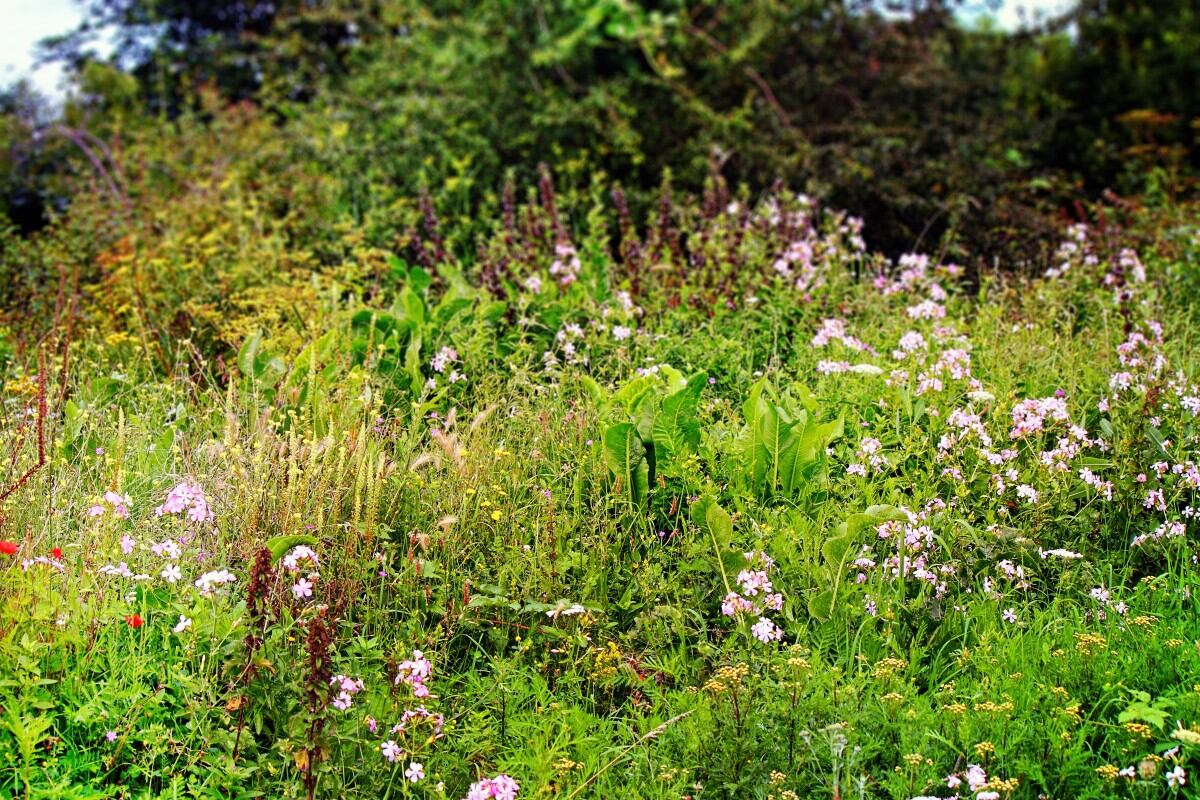

Plant Care & Gardening Tips
What Is A Wildflower Habitat
Modified: January 5, 2024
Discover the beauty of wildflower habitats and learn plant care and gardening tips to create your own stunning natural landscape. Explore the benefits of wildflower gardening and enhance your outdoor space.
(Many of the links in this article redirect to a specific reviewed product. Your purchase of these products through affiliate links helps to generate commission for Storables.com, at no extra cost. Learn more)
Introduction
Welcome to the enchanting world of wildflower habitats! Picture a serene meadow adorned with vibrant blossoms swaying in the gentle breeze, inviting a plethora of buzzing bees and fluttering butterflies. Wildflower habitats are not just a feast for the eyes; they play a vital role in supporting biodiversity, preserving natural ecosystems, and enhancing the beauty of our surroundings. In this article, we will delve into the captivating realm of wildflower habitats, exploring their significance, characteristics, and ways to create and maintain these delightful natural spaces.
Wildflower habitats, also known as wildflower meadows or prairies, are areas where native wildflowers flourish in their natural environment, often alongside native grasses and other indigenous plants. These habitats are a crucial component of the natural landscape, providing essential resources for a diverse array of wildlife, including insects, birds, and small mammals. From a visual standpoint, wildflower habitats contribute to the aesthetic appeal of an area, adding bursts of color and texture to the surrounding environment.
The allure of wildflower habitats lies not only in their visual charm but also in their ecological importance. These natural havens serve as vital sources of nectar, pollen, and shelter for countless pollinators, such as bees, butterflies, and hummingbirds. By nurturing a rich tapestry of plant species, wildflower habitats support the intricate web of life, promoting biodiversity and ecological balance.
As we embark on this journey through the world of wildflower habitats, we will uncover the significance of these natural sanctuaries, explore their defining characteristics, and learn how to establish and maintain our very own wildflower havens. Whether you are a seasoned gardener, a nature enthusiast, or someone simply captivated by the beauty of wildflowers, this exploration will provide valuable insights into the captivating realm of wildflower habitats. So, let's venture forth and discover the wonders of these enchanting floral landscapes!
Key Takeaways:
- Wildflower habitats are vibrant ecosystems that support diverse wildlife and play a crucial role in sustaining biodiversity and pollinators, enhancing the beauty of the environment.
- Creating and maintaining wildflower habitats is a rewarding way to connect with nature, support pollinators, and contribute to the preservation of native plant species and wildlife.
Read more: What Is Considered A Wildflower
Defining Wildflower Habitats
Wildflower habitats, also referred to as wildflower meadows or prairies, are natural or cultivated areas where native wildflowers thrive in harmony with indigenous grasses and other plants. These habitats are characterized by their diverse array of flowering plants, which may include a wide spectrum of species such as coneflowers, black-eyed Susans, milkweeds, asters, and goldenrods, among others. The composition of wildflower habitats varies depending on the region, climate, and soil conditions, resulting in unique and diverse floral displays across different landscapes.
One of the defining features of wildflower habitats is their ability to support a rich and interconnected web of life. These vibrant ecosystems provide essential resources for a wide range of wildlife, including pollinators, birds, and small mammals. By cultivating a tapestry of native wildflowers, these habitats offer an abundant supply of nectar and pollen, supporting the foraging activities of bees, butterflies, and other pollinating insects. In turn, these pollinators play a crucial role in the reproduction of flowering plants, ensuring the continuation of diverse plant species within the habitat.
Wildflower habitats also serve as valuable sources of food and shelter for a myriad of wildlife species. The dense foliage and intricate structure of these habitats provide nesting sites, protective cover, and foraging grounds for birds, insects, and small mammals. In addition, the seeds and fruits produced by the diverse plant species within these habitats contribute to the dietary needs of various wildlife, fostering a balanced and sustainable ecosystem.
Whether found in natural landscapes, urban settings, or cultivated gardens, wildflower habitats contribute to the overall health and vitality of the environment. Their ability to attract and sustain diverse forms of life, from tiny insects to graceful birds, underscores their significance as essential components of the natural world. By understanding the defining characteristics and ecological importance of wildflower habitats, we can appreciate the intricate connections between plants, pollinators, and wildlife, and recognize the value of preserving and nurturing these captivating floral landscapes.
Importance of Wildflower Habitats
Wildflower habitats play a pivotal role in supporting biodiversity, promoting ecological balance, and enhancing the overall health of natural ecosystems. These vibrant floral landscapes are essential for sustaining a diverse array of wildlife, including pollinators, birds, and small mammals, while contributing to the aesthetic appeal of the environment. Understanding the importance of wildflower habitats sheds light on their far-reaching ecological significance and underscores the need to protect and preserve these valuable natural spaces.
One of the primary contributions of wildflower habitats lies in their support of pollinators, which are essential for the reproduction of flowering plants and the production of fruits and seeds. Bees, butterflies, and other pollinating insects rely on the nectar and pollen provided by native wildflowers, making these habitats critical for their survival and reproductive success. By fostering healthy populations of pollinators, wildflower habitats facilitate the pollination of agricultural crops and native plant species, thereby contributing to food production and the maintenance of natural ecosystems.
Furthermore, wildflower habitats serve as vital sources of food and shelter for a myriad of wildlife species. The diverse array of flowering plants within these habitats produces seeds, fruits, and foliage that support the dietary needs of birds, insects, and small mammals. Additionally, the dense foliage and intricate structure of wildflower habitats provide nesting sites, protective cover, and foraging grounds for various wildlife, contributing to the overall richness and diversity of the ecosystem.
From an ecological perspective, wildflower habitats contribute to the conservation of native plant species and the preservation of natural landscapes. By nurturing a diverse assemblage of native wildflowers, these habitats help maintain the genetic diversity of plant populations and support the adaptation of flora to changing environmental conditions. Furthermore, the presence of wildflower habitats in urban and suburban areas can enhance the aesthetic appeal of the surroundings, providing bursts of color and natural beauty amidst developed landscapes.
By recognizing the importance of wildflower habitats in sustaining biodiversity, supporting pollinators, and enriching ecosystems, we can cultivate a deeper appreciation for these enchanting floral landscapes. As we strive to protect and promote the conservation of wildflower habitats, we contribute to the preservation of vital ecological processes and the enhancement of the natural world around us.
Characteristics of Wildflower Habitats
Wildflower habitats exhibit a diverse range of characteristics that distinguish them as vibrant and ecologically rich ecosystems. These natural landscapes are defined by their abundance of native wildflowers, the presence of indigenous grasses, and the intricate web of life they support. Understanding the key characteristics of wildflower habitats provides insight into their ecological significance and the unique attributes that make them essential components of the natural world.
One of the defining features of wildflower habitats is the presence of a diverse array of native wildflowers, each contributing to the vibrant tapestry of colors, shapes, and fragrances within the habitat. These flowering plants may include species such as coneflowers, milkweeds, asters, goldenrods, and lupines, among many others, creating a visually captivating display of natural beauty. The diversity of wildflowers within these habitats supports a wide range of pollinators, including bees, butterflies, and hummingbirds, and contributes to the overall health and vitality of the ecosystem.
In addition to native wildflowers, wildflower habitats often encompass indigenous grasses and other native plant species that complement the floral composition of the landscape. The presence of grasses, sedges, and other herbaceous plants adds texture and structure to the habitat, creating a dynamic and layered environment that supports a diverse array of wildlife. The combination of wildflowers and grasses within these habitats contributes to the formation of complex and interconnected ecosystems, fostering the survival and reproduction of numerous plant and animal species.
Wildflower habitats are characterized by their ability to support a rich and interconnected web of life, encompassing a diverse array of pollinators, birds, insects, and small mammals. The nectar, pollen, seeds, and foliage provided by the plant species within these habitats serve as essential resources for wildlife, contributing to their dietary needs, nesting requirements, and overall well-being. The presence of wildflower habitats in both natural and cultivated landscapes enriches the environment, providing valuable sanctuaries for biodiversity and ecological balance.
By recognizing the characteristics of wildflower habitats, including their diverse floral composition, the presence of indigenous grasses, and their role in supporting wildlife, we gain a deeper appreciation for these enchanting natural spaces. The unique attributes of wildflower habitats underscore their ecological significance and the vital role they play in sustaining biodiversity and promoting the health of ecosystems.
Tip: To create a wildflower habitat, choose a sunny spot with well-drained soil, and plant a variety of native wildflowers to attract pollinators and support local ecosystems. Avoid using pesticides to protect the natural balance of the habitat.
How to Create a Wildflower Habitat
Creating a wildflower habitat is a rewarding endeavor that allows individuals to contribute to biodiversity, support pollinators, and enhance the natural beauty of their surroundings. Whether establishing a small-scale wildflower garden or transforming a larger area into a flourishing meadow, the process of creating a wildflower habitat involves careful planning, site preparation, and thoughtful selection of native plant species. By following key steps and considerations, individuals can create vibrant and sustainable wildflower habitats that enrich the environment and provide valuable resources for wildlife.
1. Site Selection: Choose a suitable location for the wildflower habitat, considering factors such as sunlight exposure, soil conditions, and drainage. Select an area that receives ample sunlight and has well-drained soil, as these conditions are conducive to the growth and blooming of native wildflowers.
2. Soil Preparation: Prepare the soil by removing any existing vegetation, tilling the ground to loosen the soil, and incorporating organic matter if necessary. Conduct a soil test to assess nutrient levels and pH, and make any amendments as recommended to create an optimal growing environment for wildflowers.
3. Native Plant Selection: Choose native wildflower species that are well-suited to the local climate, soil type, and growing conditions. Select a diverse mix of wildflowers to support a range of pollinators and create a visually appealing habitat. Consider factors such as bloom times, plant heights, and color variations when selecting native species.
4. Planting and Establishment: Plant wildflower seeds or seedlings according to the recommended planting depth and spacing for each species. Water the newly planted wildflowers as needed to promote establishment, and provide ongoing care to support their growth and development.
5. Maintenance and Management: Implement a maintenance plan to support the long-term health and sustainability of the wildflower habitat. This may include regular watering during dry periods, weed management, and the promotion of natural processes such as pollination and seed dispersal.
6. Observing and Enjoying: Once the wildflower habitat is established, take time to observe and enjoy the diverse array of plant species and wildlife that are attracted to the area. Monitor the habitat for changes in plant composition, the presence of pollinators, and the overall success of the wildflower community.
By following these steps and considerations, individuals can create thriving wildflower habitats that contribute to biodiversity, support pollinators, and enhance the ecological richness of their surroundings. Whether in a backyard garden, a community green space, or a larger natural area, the creation of wildflower habitats offers a meaningful opportunity to connect with nature and contribute to the preservation of native plant species and wildlife.
Read more: What Is Wildflower Honey
Maintaining a Wildflower Habitat
Maintaining a wildflower habitat is essential for nurturing the health and diversity of the floral community, supporting pollinators, and preserving the ecological balance of the ecosystem. By implementing thoughtful maintenance practices, individuals can sustain the vitality and beauty of wildflower habitats while providing valuable resources for wildlife and enhancing the overall environmental quality. From weed management to promoting natural processes, effective maintenance strategies play a crucial role in the long-term success of wildflower habitats.
1. Weed Control: Regularly monitor the wildflower habitat for the presence of invasive or undesirable plant species, and implement appropriate weed management strategies. This may include hand-pulling weeds, mulching to suppress weed growth, or targeted herbicide applications in accordance with best practices for natural area management.
2. Watering and Irrigation: During dry periods, provide supplemental watering to support the establishment and growth of native wildflowers. Use methods such as drip irrigation or soaker hoses to deliver water directly to the root zones of plants, promoting efficient water use and minimizing moisture loss through evaporation.
3. Promoting Natural Processes: Encourage natural processes such as pollination, seed dispersal, and wildlife interactions within the wildflower habitat. By minimizing disturbance and allowing natural ecological interactions to occur, the habitat can develop into a self-sustaining ecosystem that supports a diverse array of plant and animal species.
4. Monitoring and Observing: Regularly observe the wildflower habitat to assess the health of the plant community, the presence of pollinators, and any changes in the floral composition. Monitoring the habitat allows for proactive management and the identification of any challenges or opportunities for enhancing the diversity and resilience of the ecosystem.
5. Seasonal Considerations: Consider the seasonal dynamics of the wildflower habitat and adapt maintenance practices accordingly. This may include adjusting mowing schedules, conducting prescribed burns where appropriate, or allowing certain areas to undergo natural processes such as seed dispersal and dormancy during specific times of the year.
6. Educational and Community Engagement: Engage with community members, volunteers, and local organizations to raise awareness about the importance of wildflower habitats and involve them in habitat maintenance and restoration efforts. By fostering a sense of stewardship and collective responsibility, individuals can contribute to the preservation and enhancement of wildflower habitats within their communities.
By incorporating these maintenance practices and considerations, individuals can contribute to the long-term sustainability and ecological richness of wildflower habitats. The thoughtful management of these natural spaces not only supports the health of native plant species and wildlife but also fosters a deeper connection to the natural world and the intricate web of life that thrives within these enchanting floral landscapes.
Conclusion
As we conclude our exploration of wildflower habitats, we are reminded of the profound significance of these enchanting natural landscapes. From their vibrant floral displays to their vital role in supporting biodiversity and pollinators, wildflower habitats enrich the environment and offer valuable sanctuaries for native plant species and wildlife. By understanding the defining characteristics, ecological importance, and the process of creating and maintaining wildflower habitats, individuals can cultivate a deeper appreciation for these captivating floral ecosystems and actively contribute to their preservation and enhancement.
Wildflower habitats serve as vibrant tapestries of native wildflowers and indigenous grasses, creating visually stunning displays of color, texture, and fragrance. The presence of these natural havens contributes to the overall health and vitality of ecosystems, supporting a diverse array of pollinators, birds, and small mammals. The significance of wildflower habitats extends beyond their aesthetic appeal, encompassing their role in sustaining biodiversity, promoting ecological balance, and providing essential resources for the intricate web of life.
By embracing the process of creating and maintaining wildflower habitats, individuals can actively contribute to the conservation of native plant species, the support of pollinators, and the preservation of natural beauty within their surroundings. Whether establishing a small-scale wildflower garden or participating in larger-scale habitat restoration efforts, the creation of wildflower habitats offers a meaningful opportunity to connect with nature, foster environmental stewardship, and contribute to the ecological richness of the landscape.
As we immerse ourselves in the captivating world of wildflower habitats, let us celebrate the beauty of native wildflowers, the resilience of natural ecosystems, and the intricate relationships that define these enchanting floral landscapes. By recognizing the importance of wildflower habitats and embracing the process of creating and maintaining these natural sanctuaries, we can contribute to the preservation of biodiversity, the support of pollinators, and the enhancement of the natural world around us.
Let us continue to cherish and protect these vibrant floral havens, nurturing their beauty and ecological significance for generations to come.
Frequently Asked Questions about What Is A Wildflower Habitat
Was this page helpful?
At Storables.com, we guarantee accurate and reliable information. Our content, validated by Expert Board Contributors, is crafted following stringent Editorial Policies. We're committed to providing you with well-researched, expert-backed insights for all your informational needs.

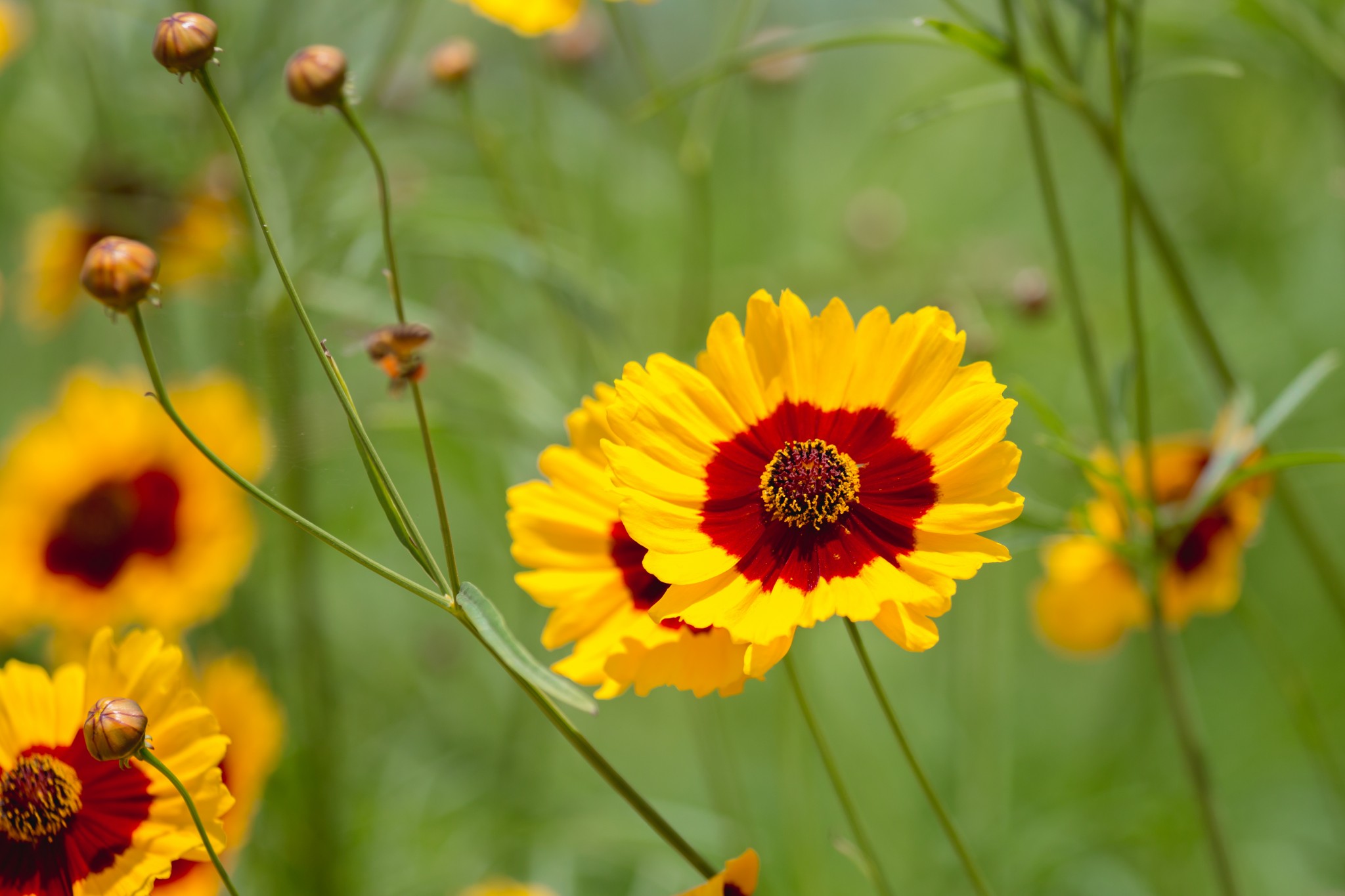
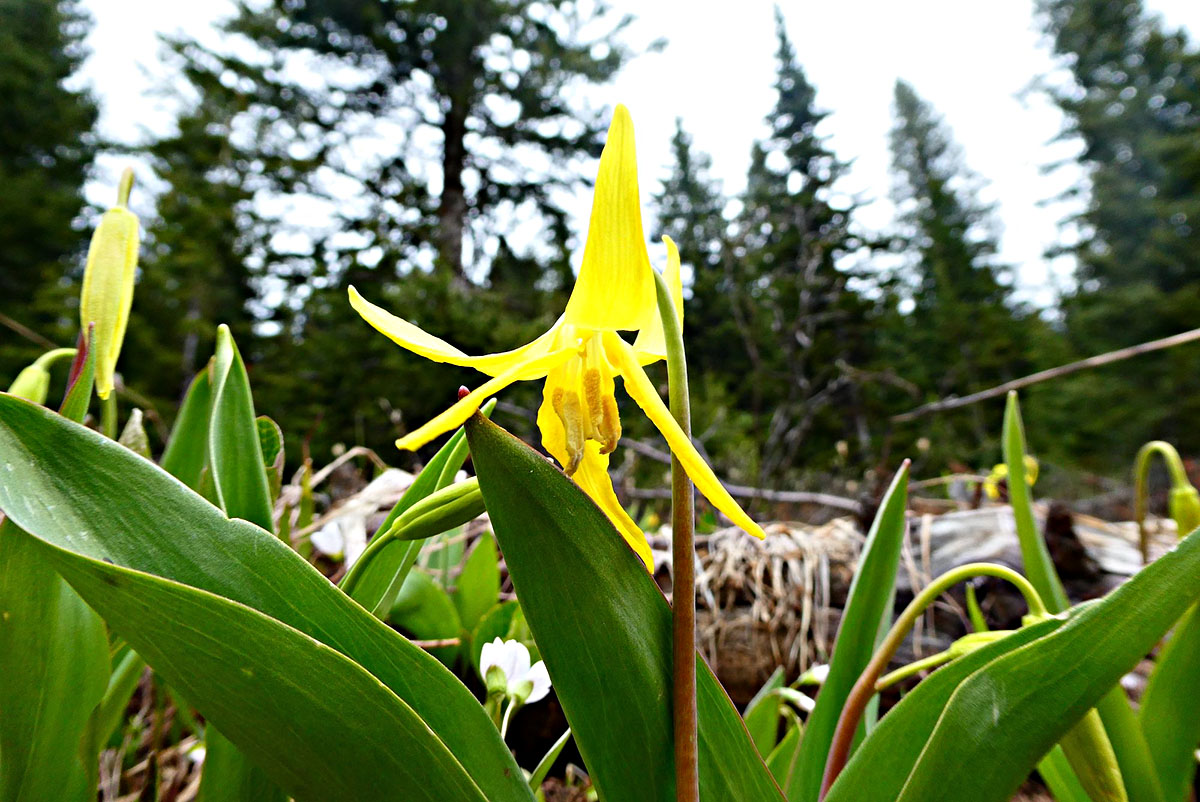
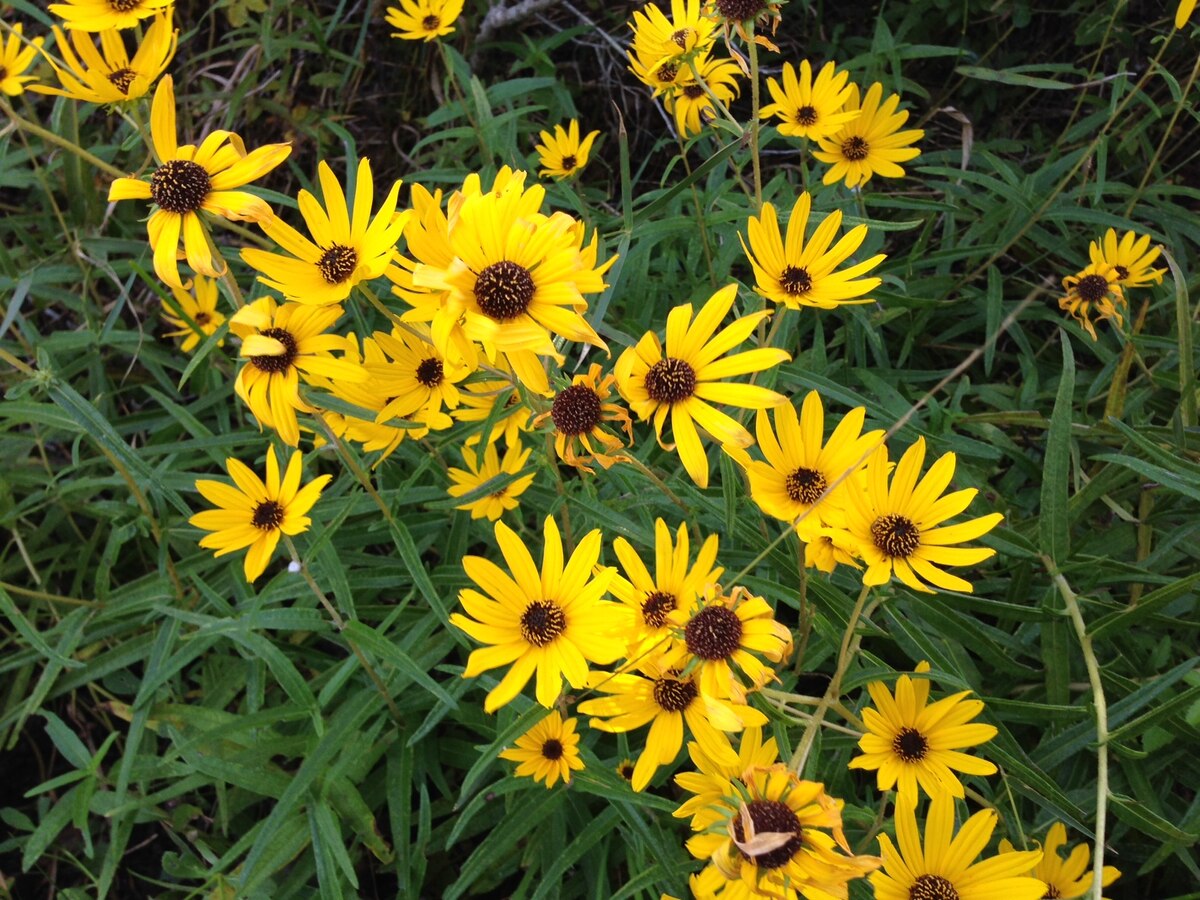
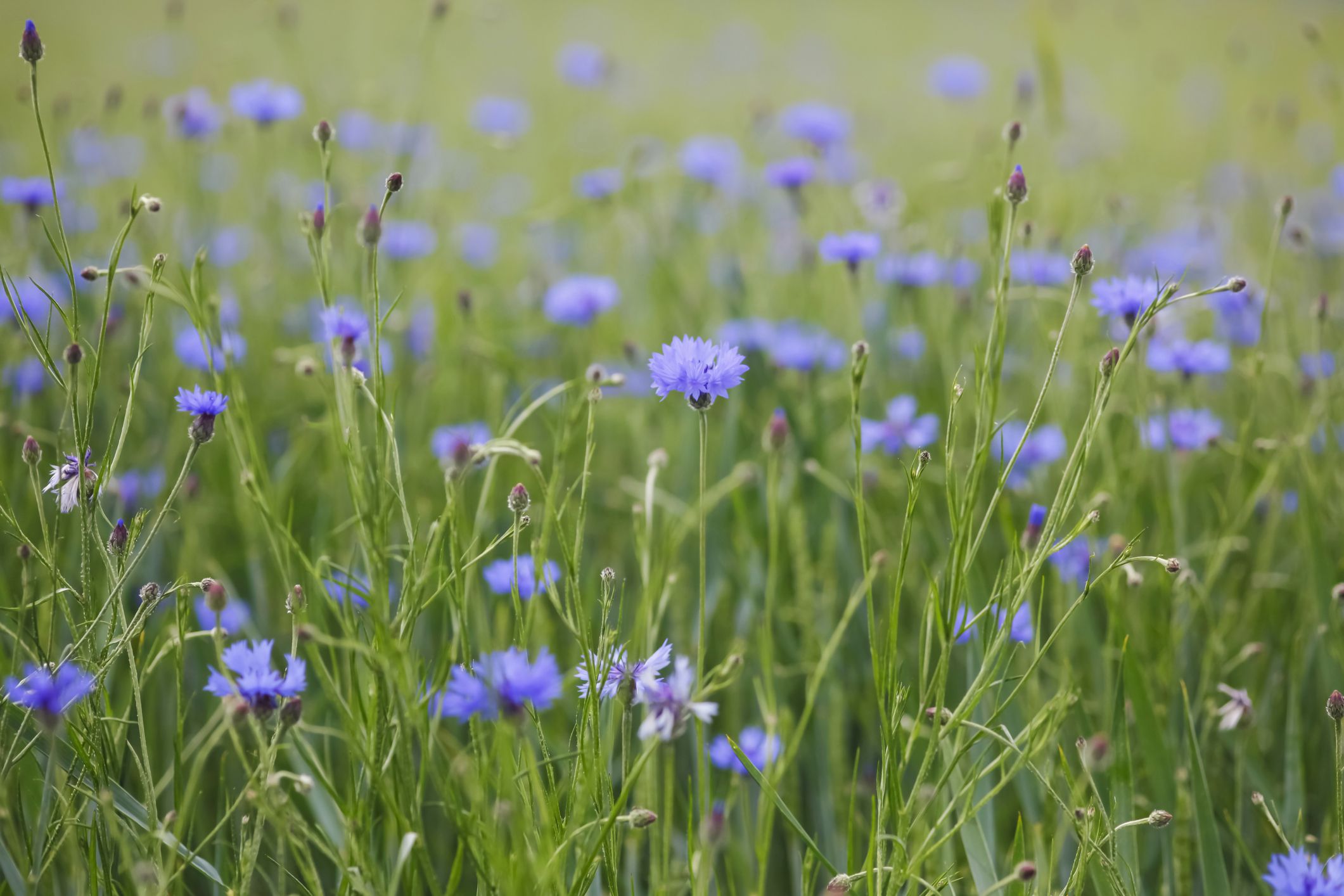
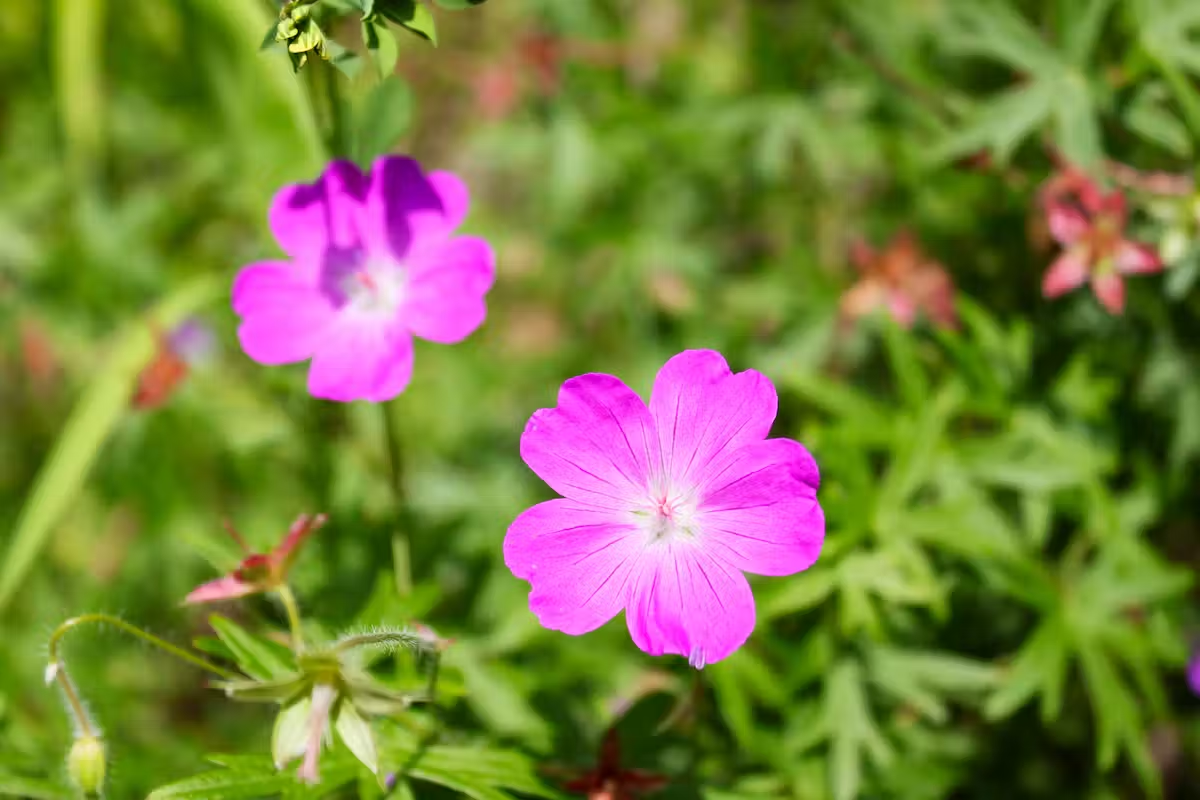
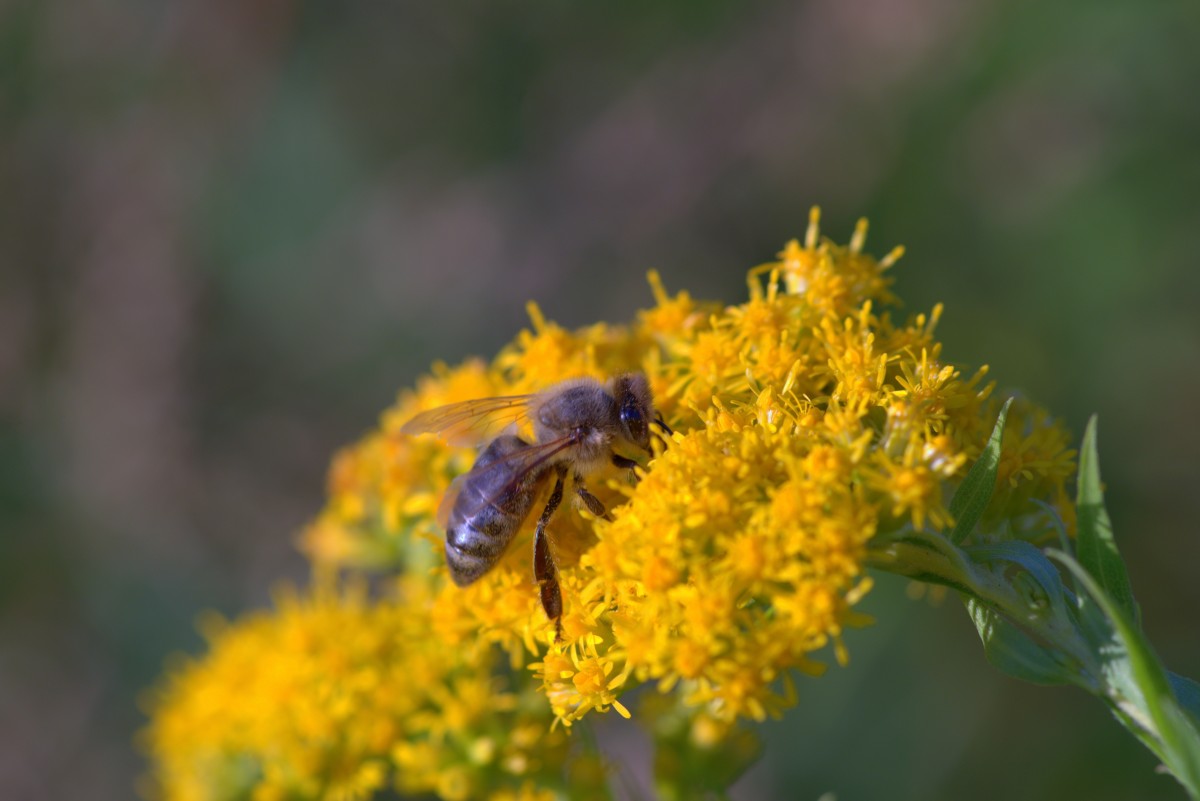
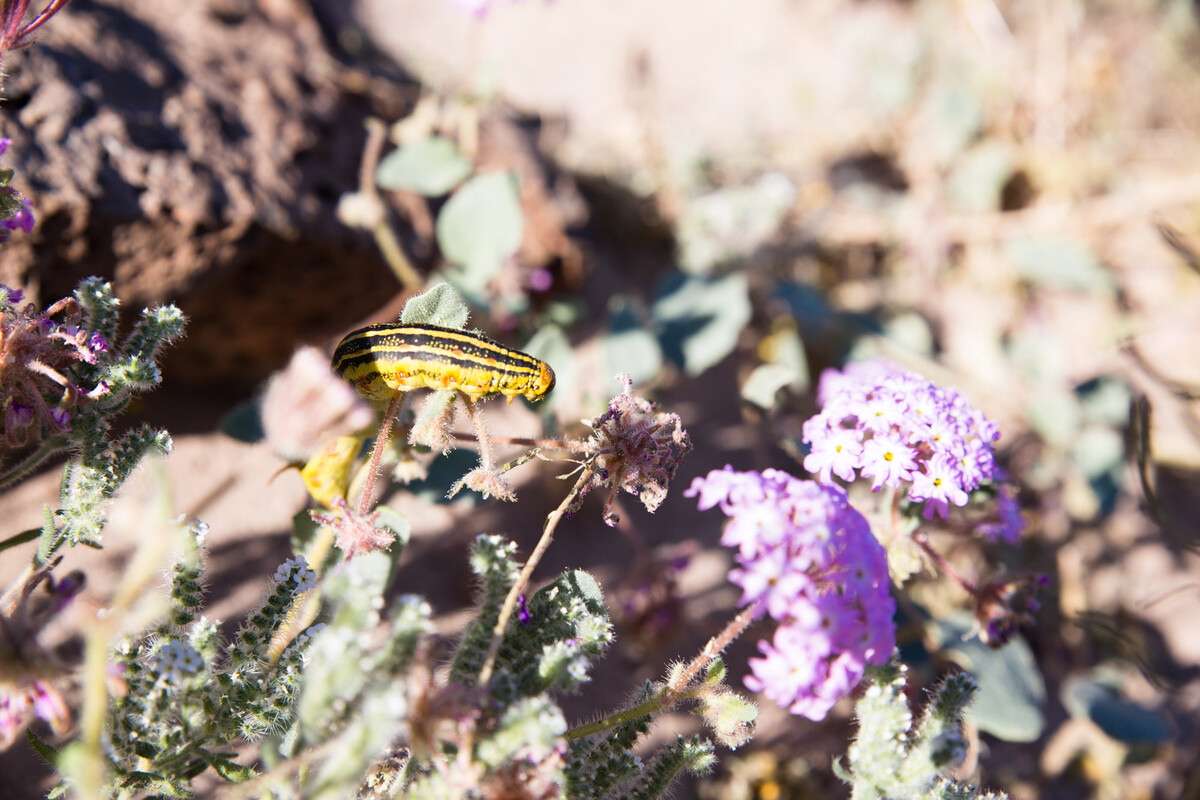
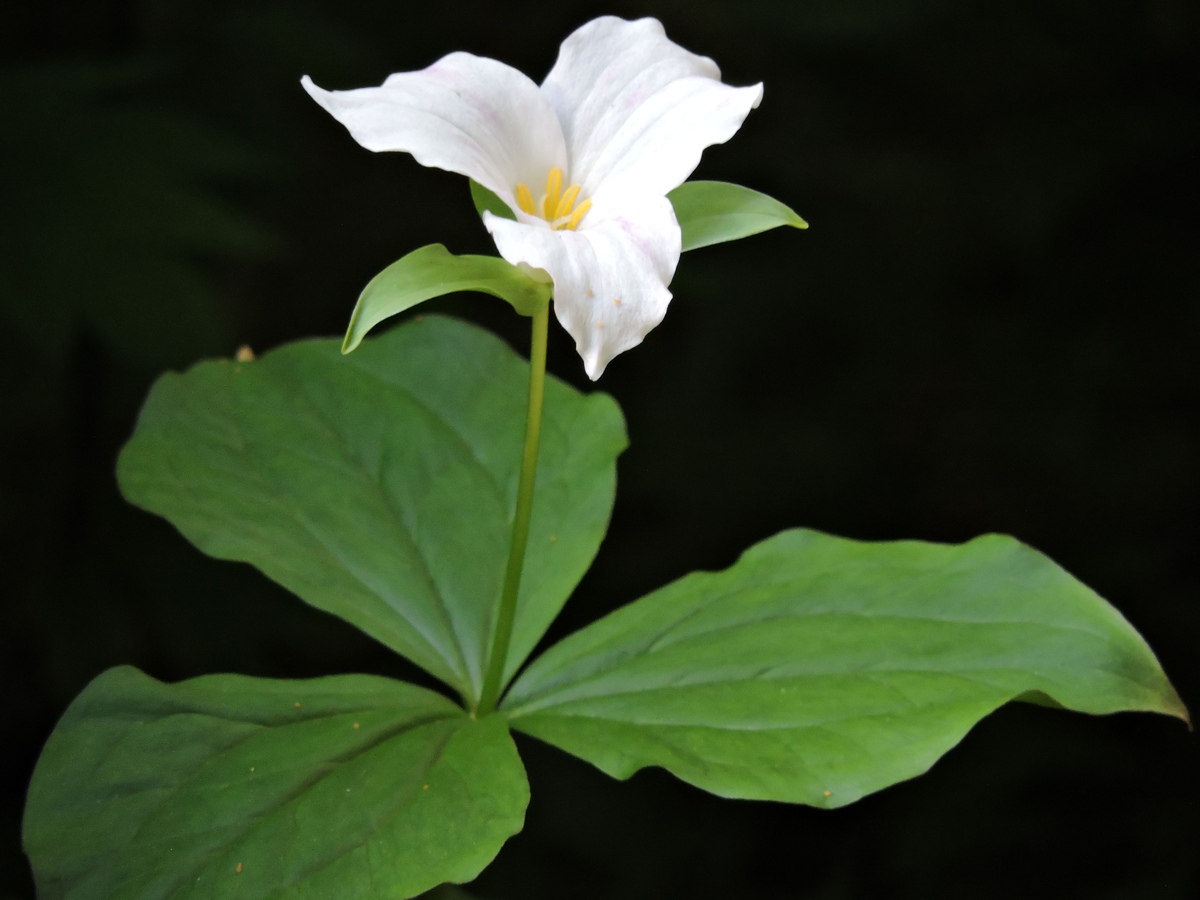
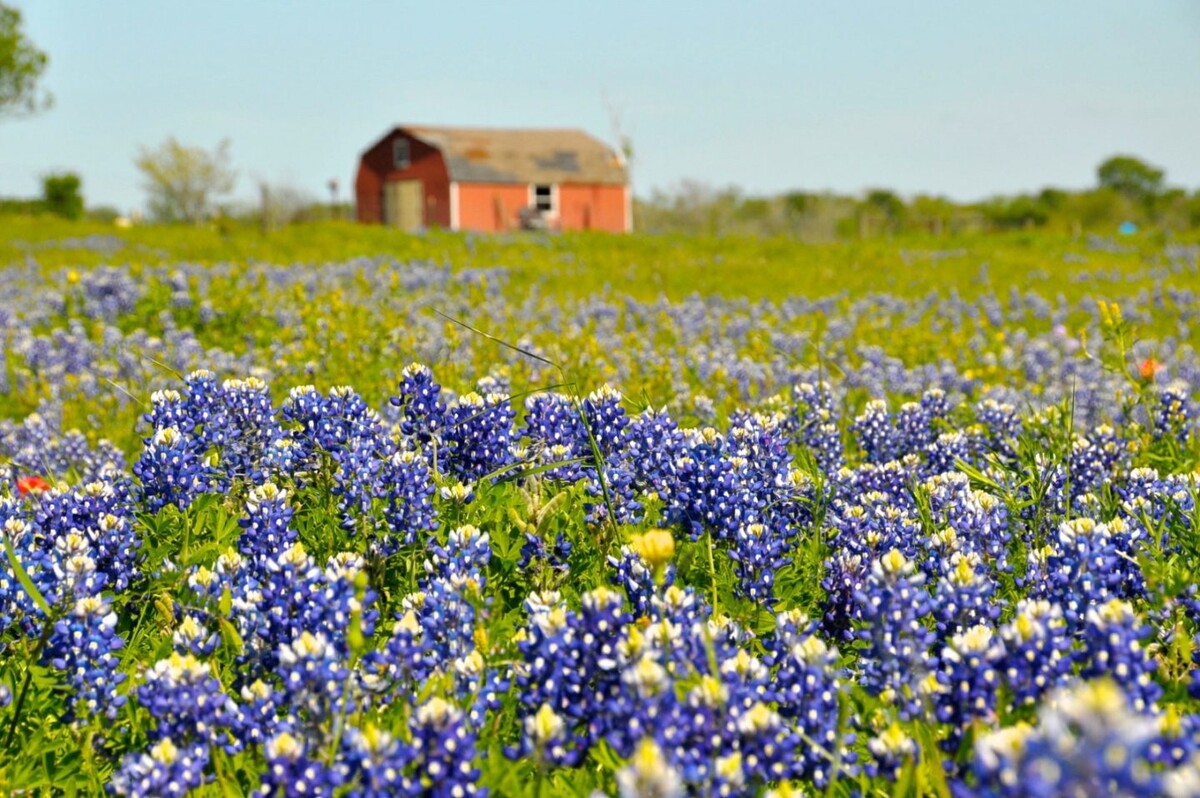
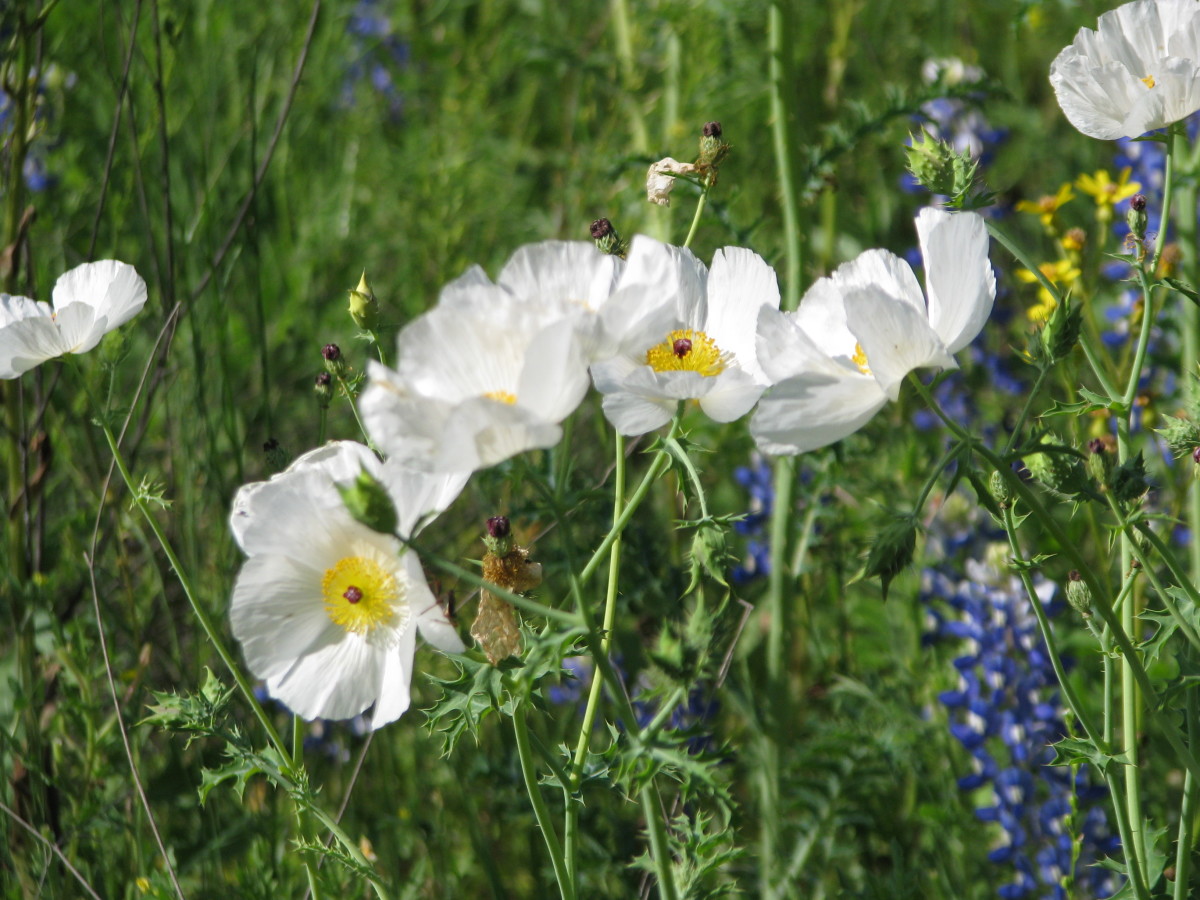
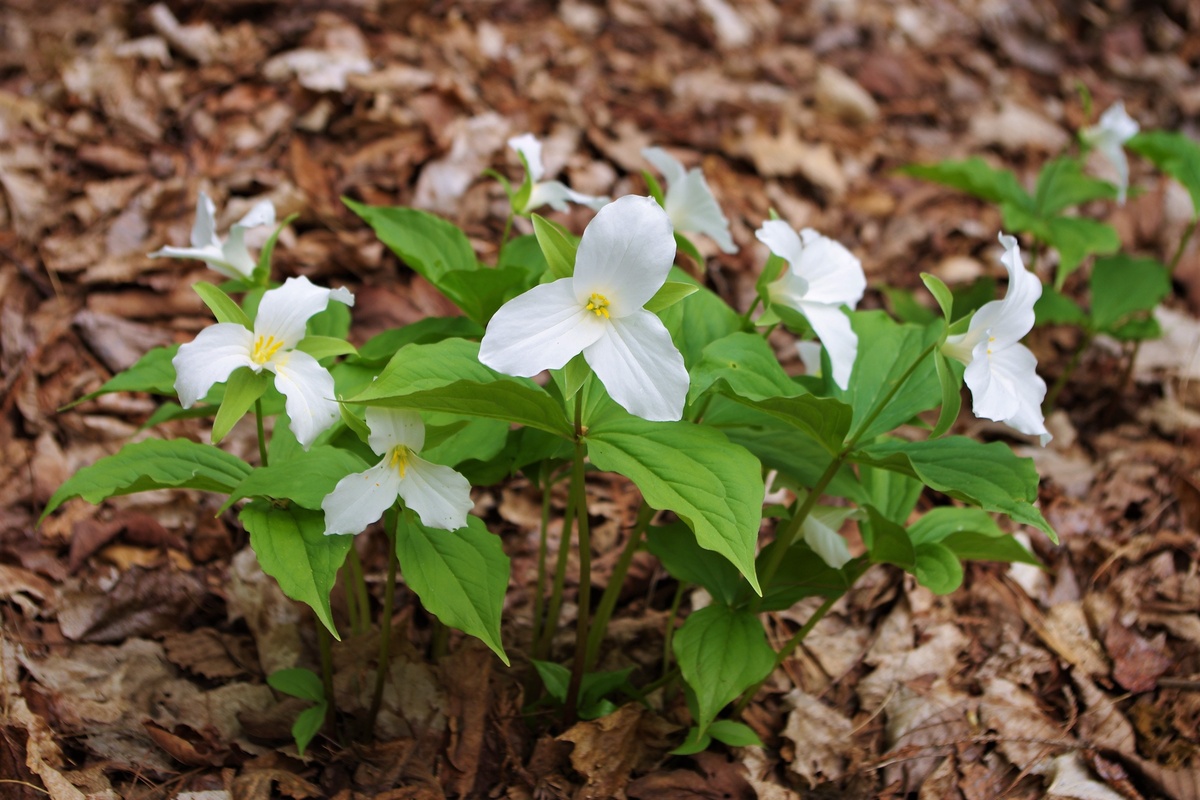
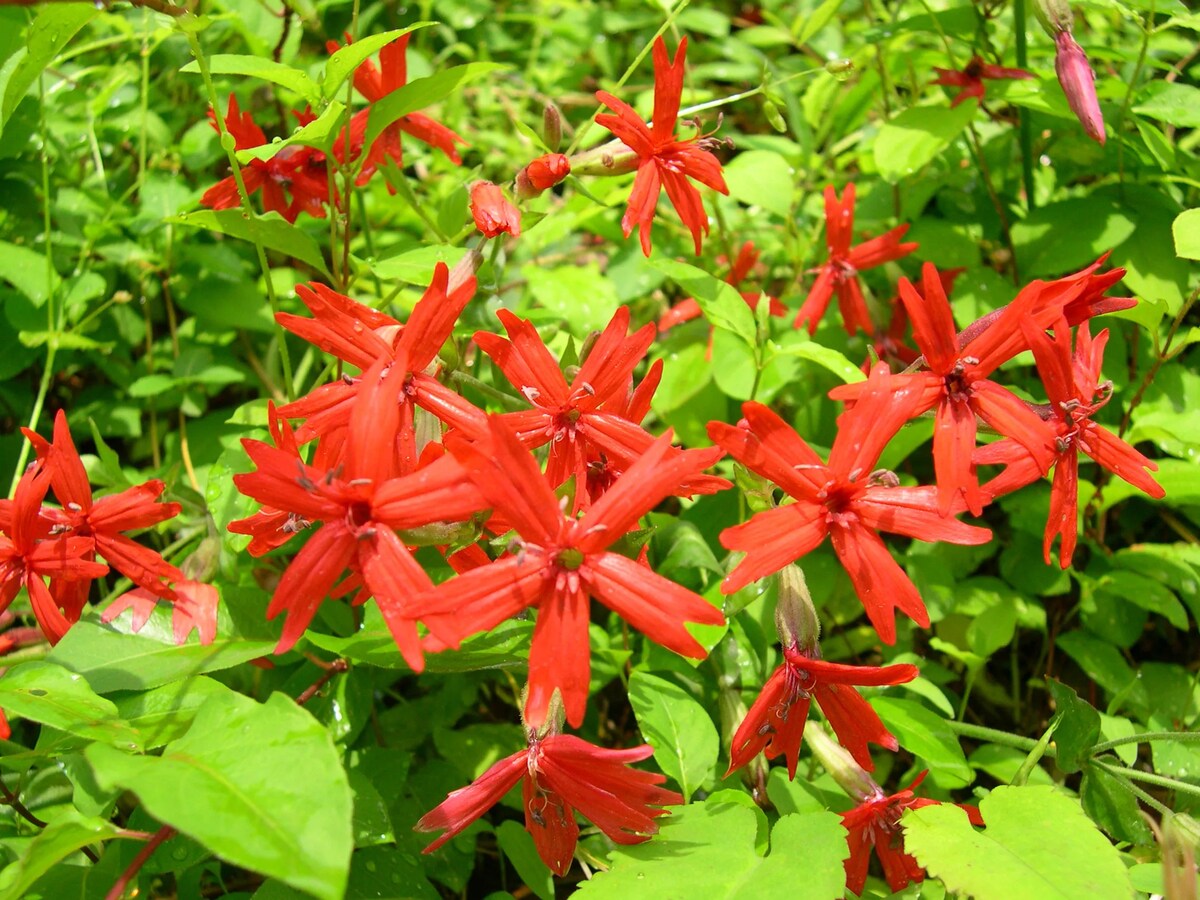
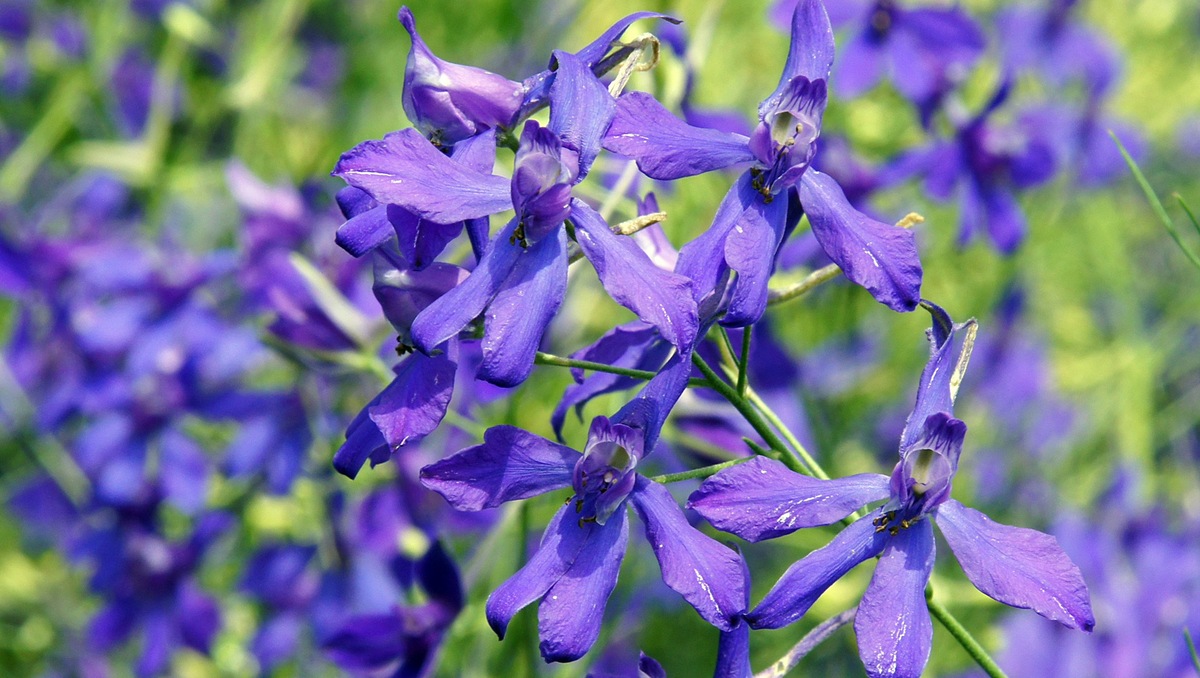

0 thoughts on “What Is A Wildflower Habitat”